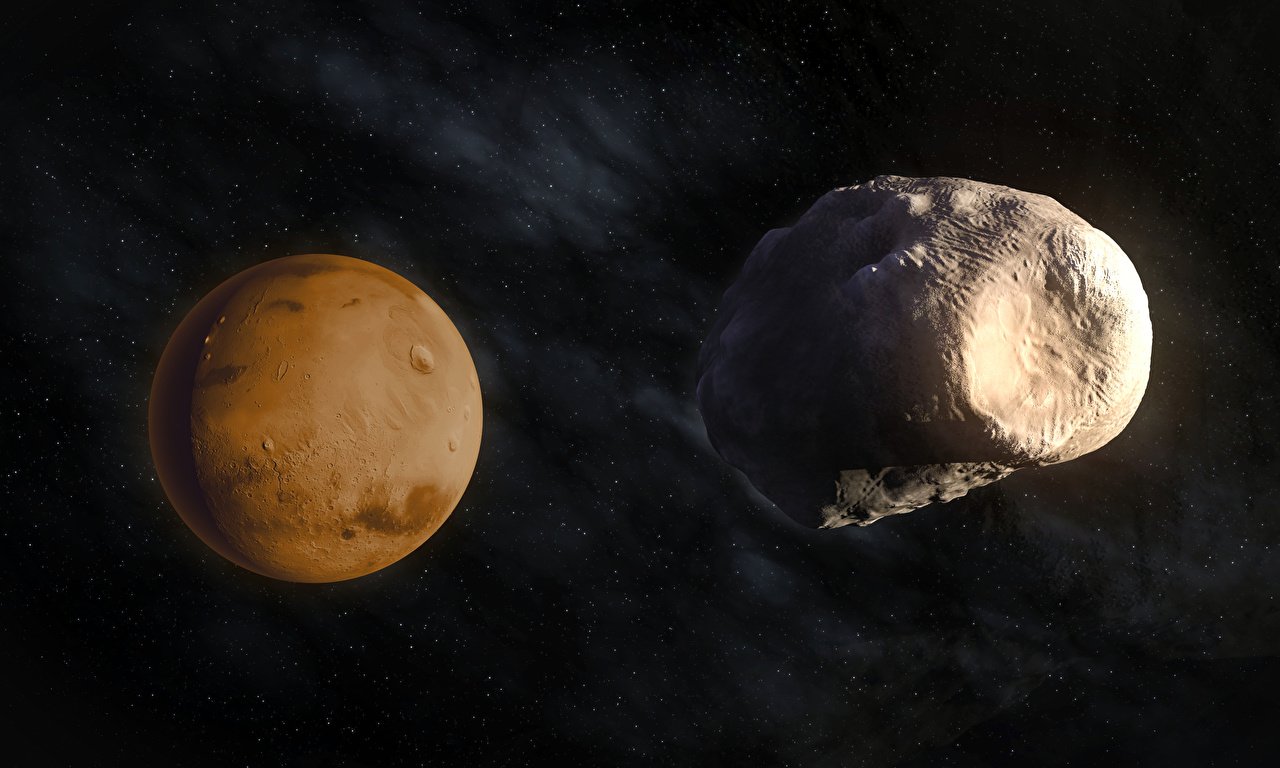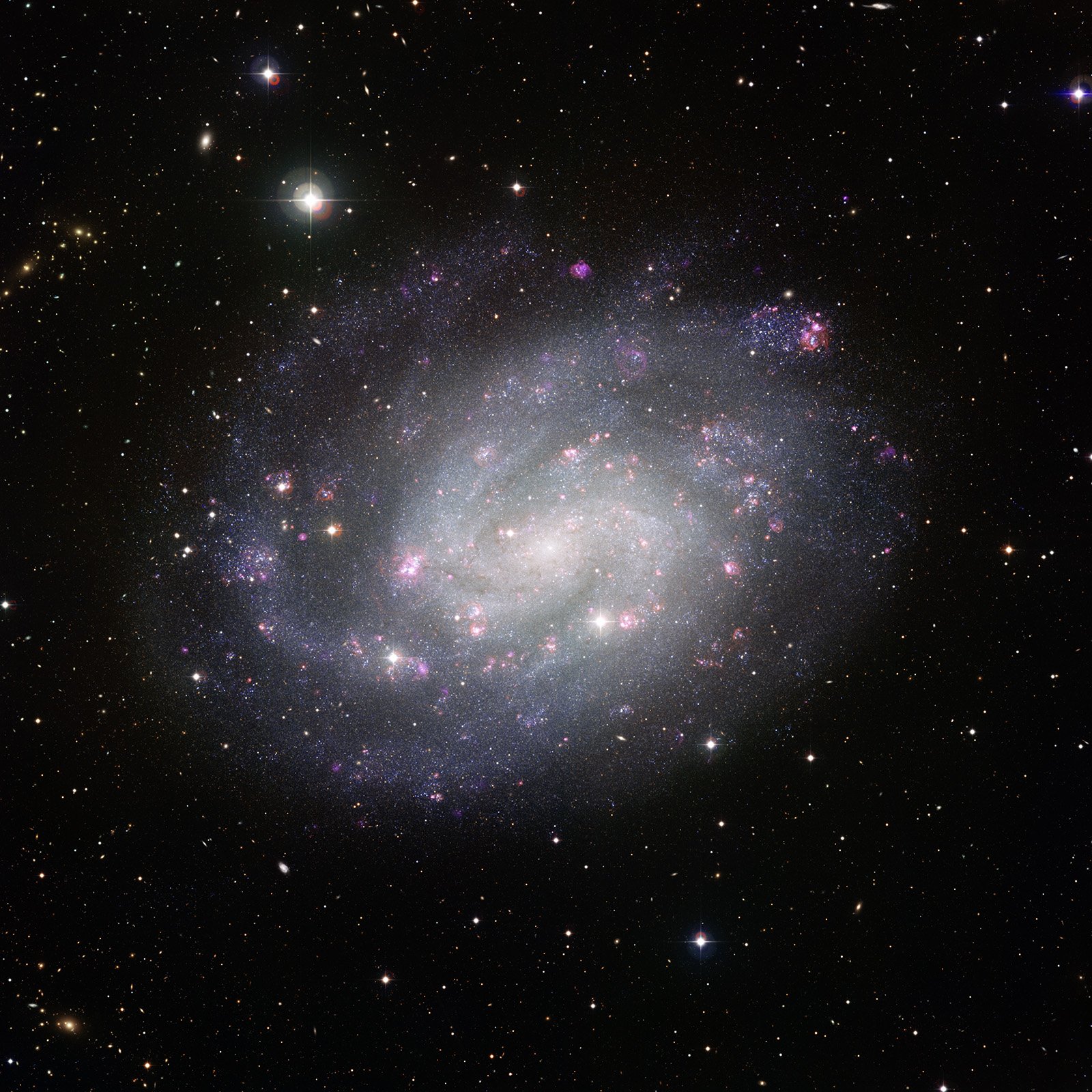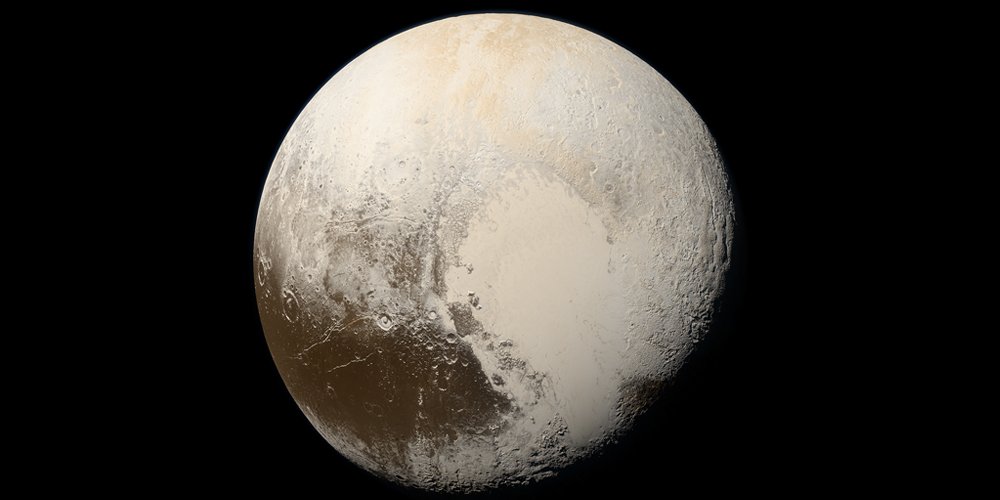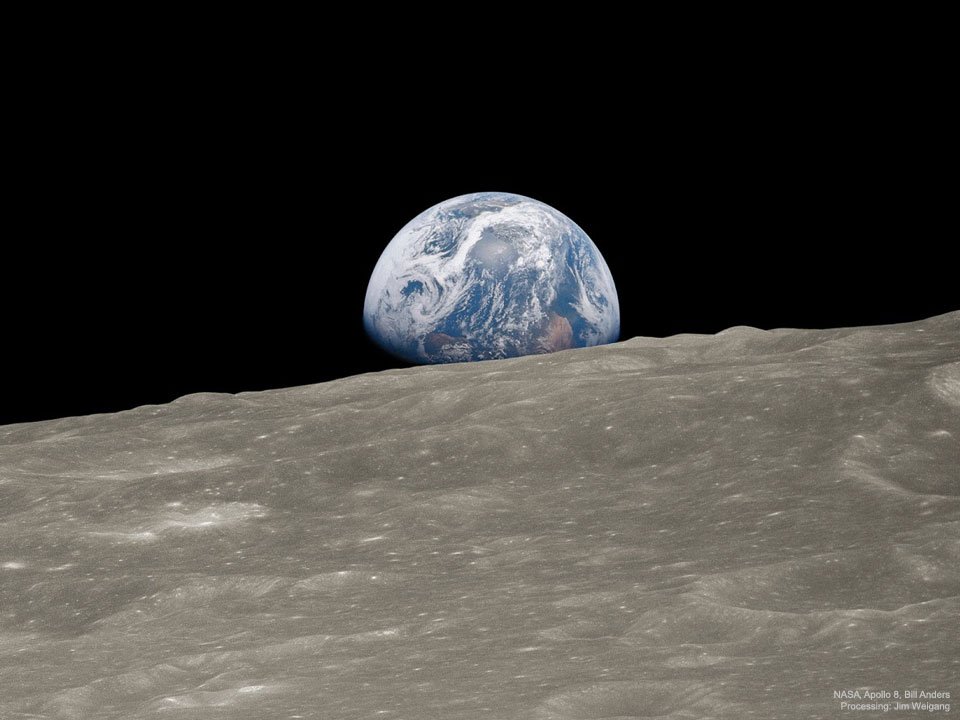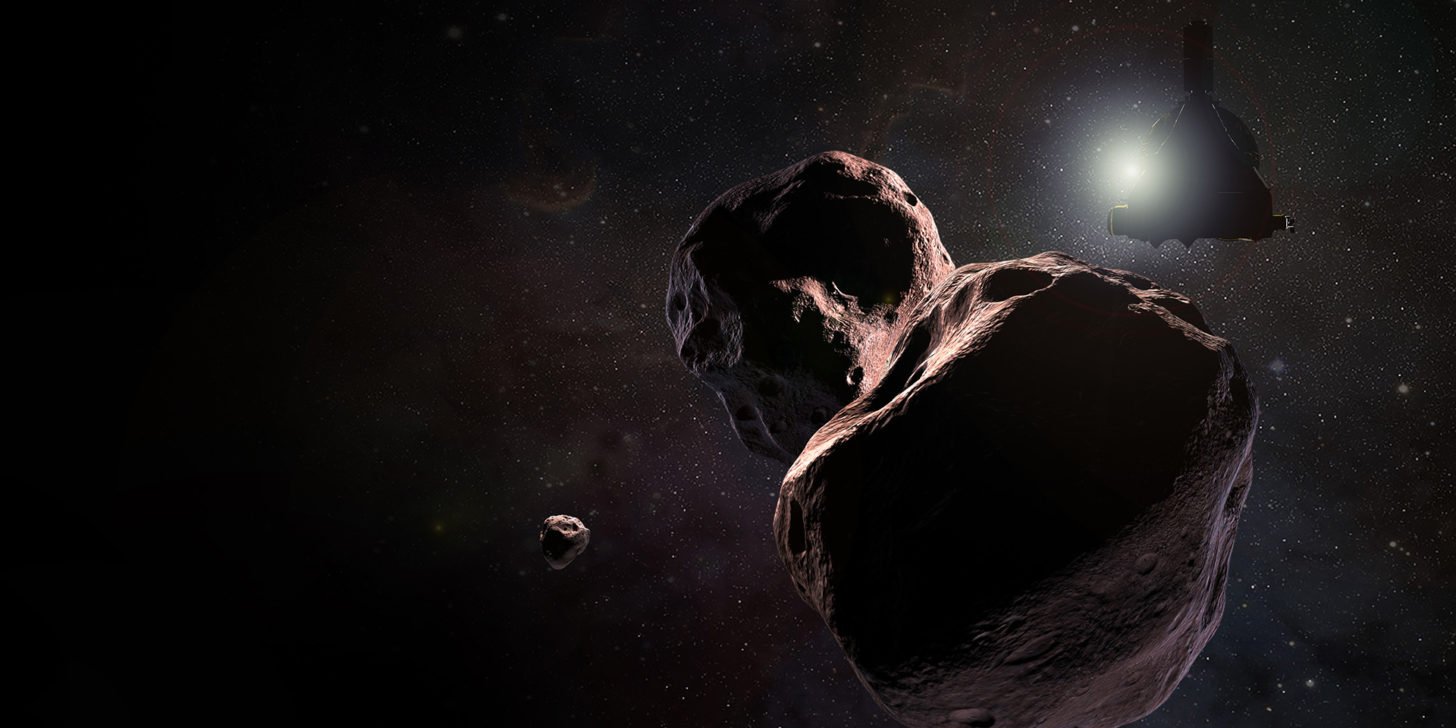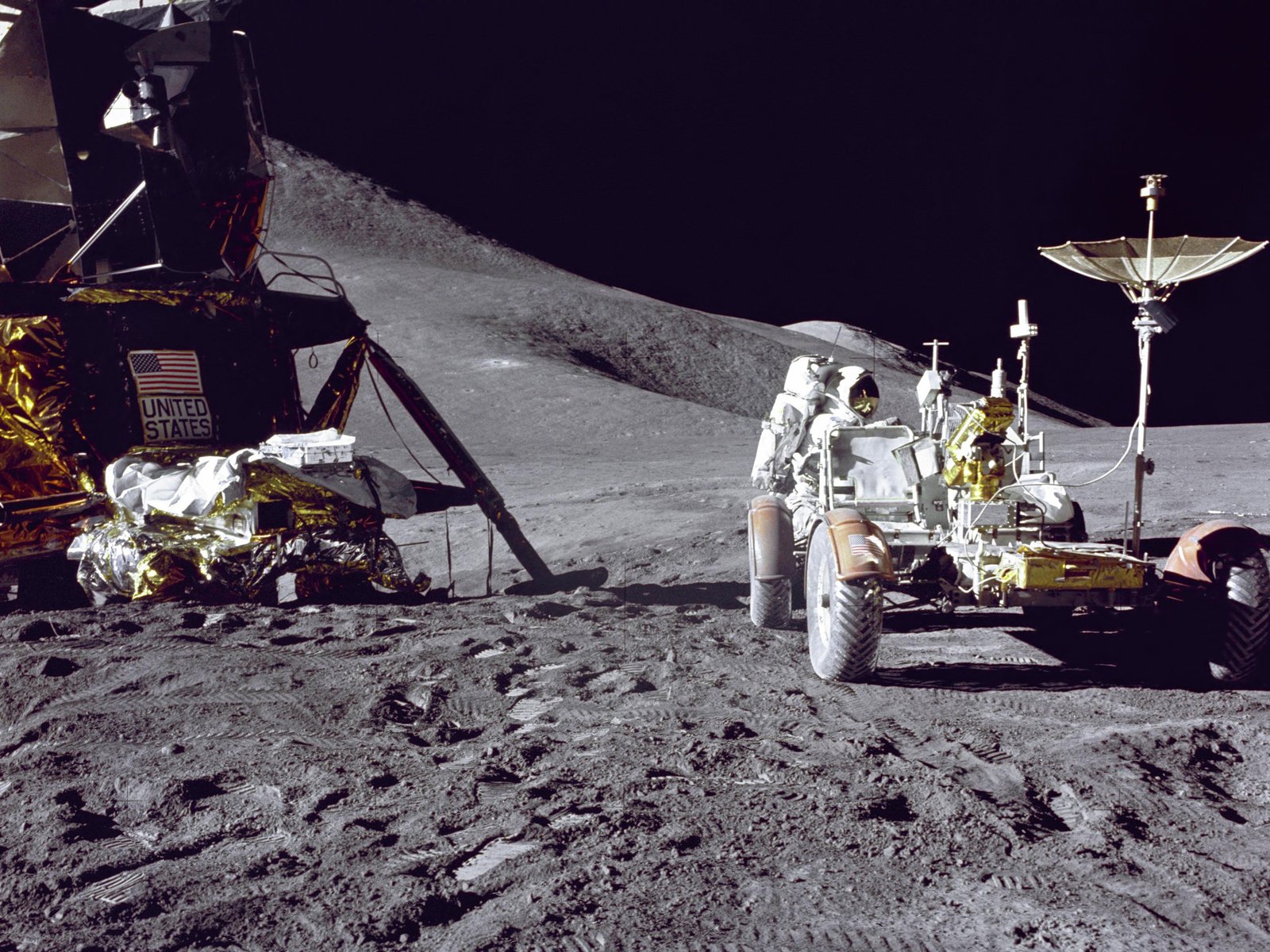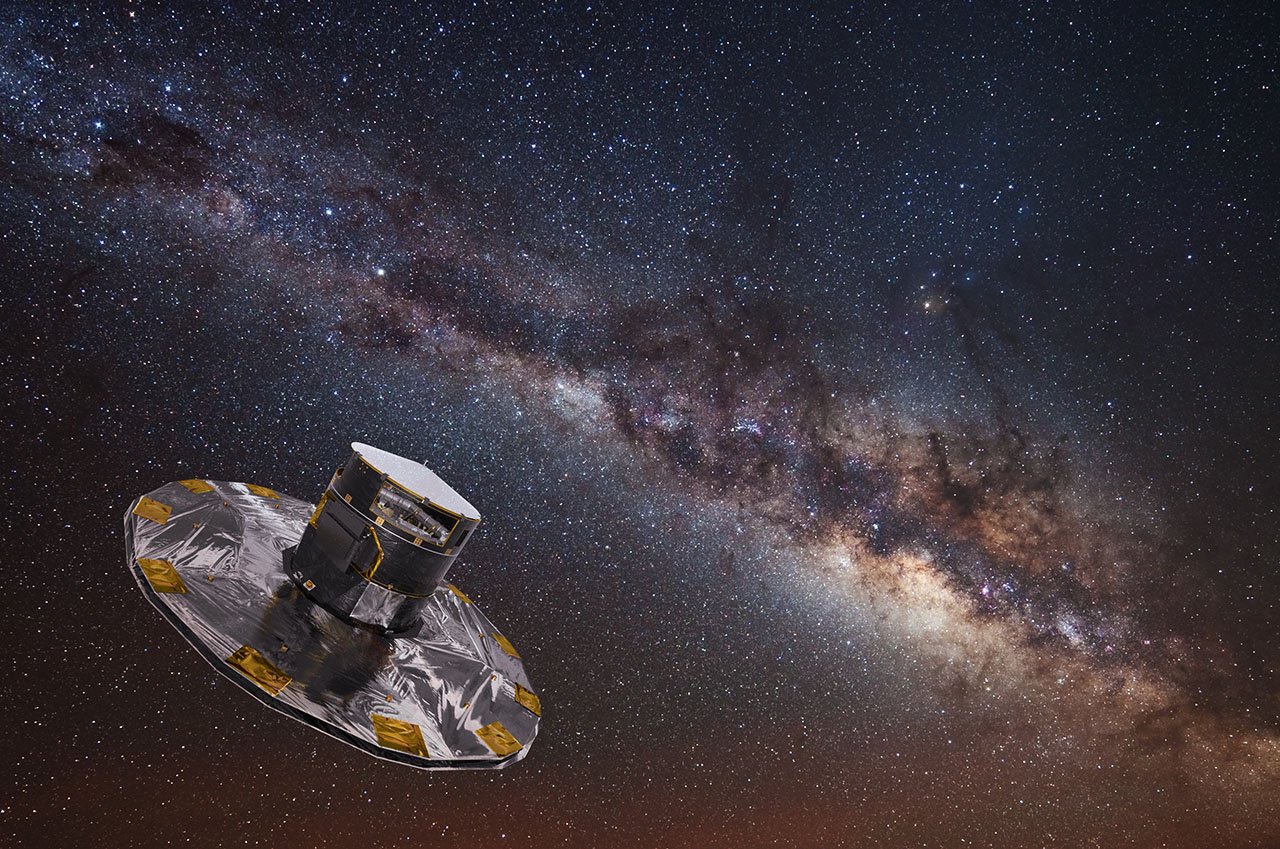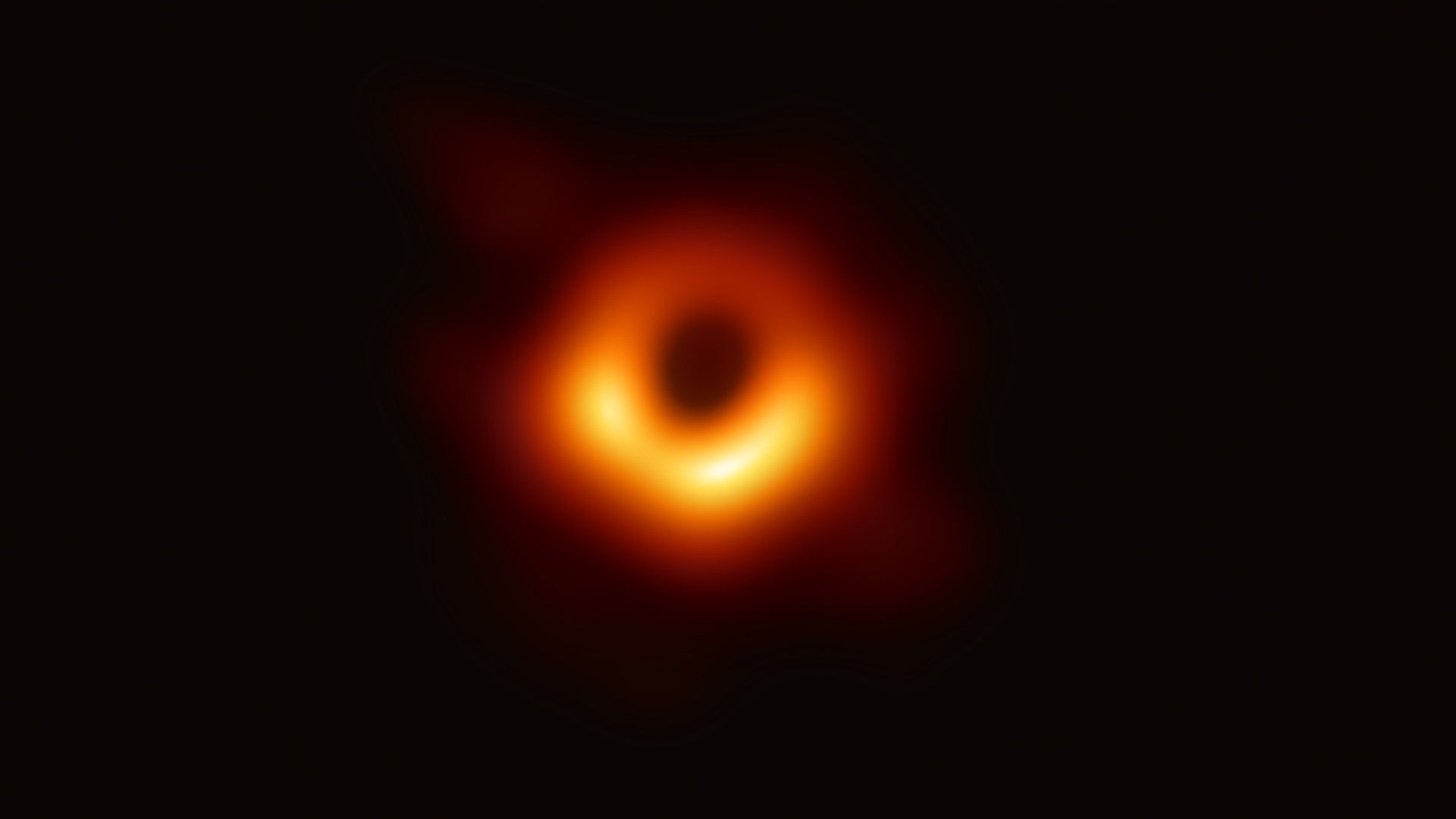The rheology and thermal history of Mars revealed by the orbital evolution of Phobos
The present-day surface of Mars is relatively well characterized, but the details of its evolution and internal structure remain, in comparison, poorly known. Evidence for recent volcanic activity suggests that Mars’ deep interior remains hot and convectively cooling. Mars’ cooling rate is related to its early thermal state, and to its rheology that determines its … Read more
